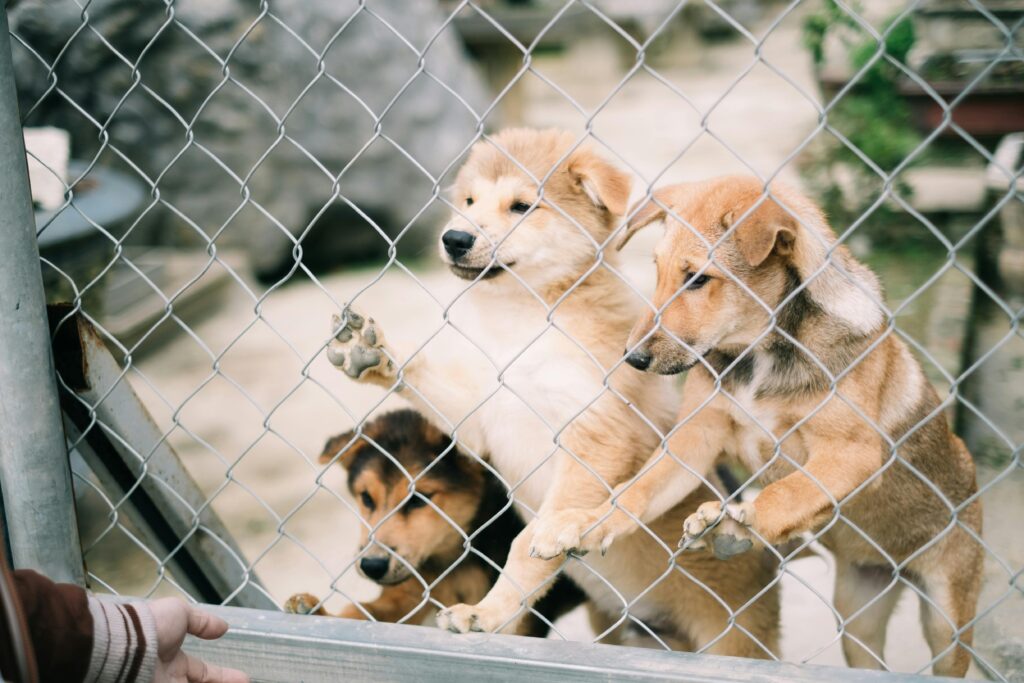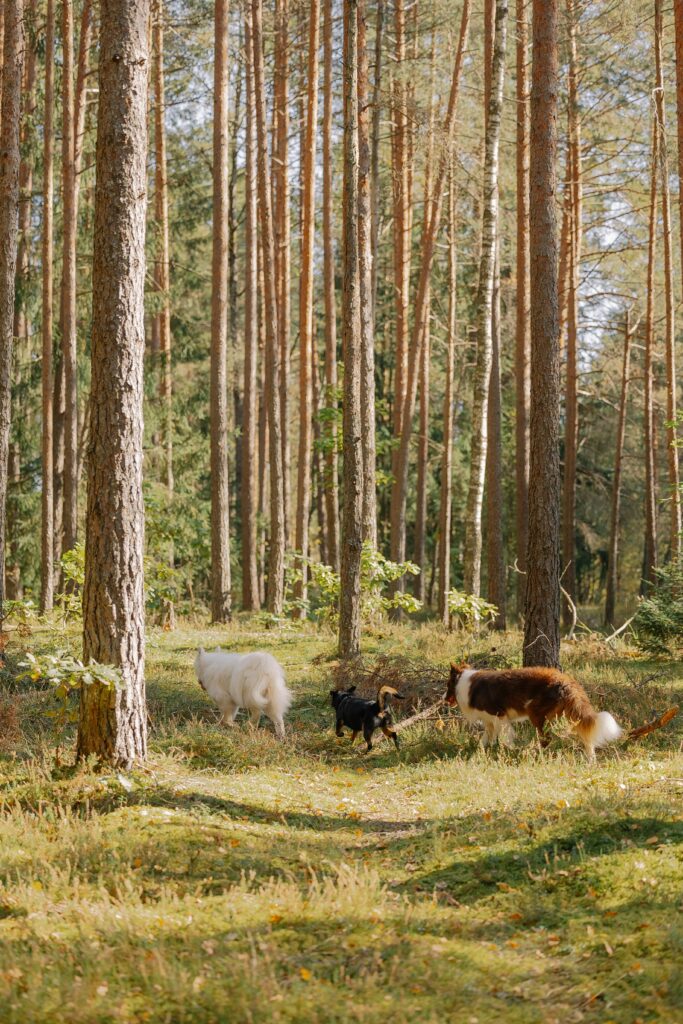Life with more than one dog can be joyful, chaotic, and occasionally overwhelming. From playful zoomies in the yard to shared naps on the couch, multi-dog households are full of companionship. But without structure, it’s easy for pack dynamics to slip into barking, resource guarding, or selective hearing when it comes to obedience commands.
The good news? With a clear plan and consistent training, multi-dog homes can be harmonious and well-structured. Here’s how to create balance when you’re managing more than one four-legged family member.
Why Training Matters More With Multiple Dogs
When you live with more than one dog, training isn’t just about individual obedience. It’s about creating order in the group. Dogs learn from each other, both the good habits and the bad. If one dog jumps on guests, the others may follow. If one ignores recall, suddenly no one comes when called.
In multi-dog households, training ensures:
- Clear communication and reduced chaos
- Safety when walking multiple dogs together
- Prevention of competition over food, toys, or attention
- Stronger individual bonds with each dog
Start With One-on-One Training
Before expecting dogs to follow commands together, work with them individually. This builds confidence and ensures they understand expectations without distractions.
- Rotate sessions: Spend 10–15 minutes with each dog separately.
- Focus on basics: Heel, sit, stay, recall, and place.
- Use structure indoors: Practice leash work inside before combining dogs.
This one-on-one approach sets the stage for group harmony. Our Basic Obedience Program is designed to build these foundations before dogs are asked to perform together.
Training Together as a Group
Once each dog responds reliably alone, begin integrating them.
- Start with pairs: If you have three or more dogs, introduce group training with two at a time.
- Practice neutrality: Reward calmness when one dog is working and the other waits.
- Use “place” often: Teaching dogs to remain on their spot while others train keeps sessions organized.
- Reinforce focus: Rotate who gets the command to prevent “herd behavior.”
With practice, group training sessions become smoother and strengthen your role as the leader.
Managing Resources and Preventing Conflict
Competition is one of the biggest challenges in multi-dog households. Set clear rules for food, toys, and attention.
- Separate feeding stations: Feed dogs in crates or different rooms to avoid conflict.
- Rotate toys: Introduce high-value toys under supervision only.
- Teach patience: Use sit-stay before giving treats or meals.
- Give equal attention: Avoid favoritism that may spark jealousy.
If resource guarding appears, address it immediately with training and structure before it escalates.
Walks in Multi-Dog Homes
Walking more than one dog at a time is often the hardest part of living in a multi-dog household. Without training, pulling, tangling leashes, and reactivity can turn walks into battles.
Tips for success:
- Start by walking dogs separately until leash manners are solid.
- Progress to paired walks before handling the full group.
- Use proper equipment (no retractable leashes).
- Reinforce “heel” consistently to prevent chaos.
Our blog on traveling safely with your dog shares useful leash management strategies that also apply when walking multiple dogs.
Checklist: Multi-Dog Household Success
- Train each dog individually before combining.
- Establish clear rules for food, toys, and space.
- Use crates or baby gates to manage the environment.
- Practice group commands like “place” and “stay.”
- Keep walks structured and consistent.
- Provide equal exercise and attention for each dog.
FAQ: Multi-Dog Training
Q: Should I train all my dogs at once?
Not at first. Start with one-on-one sessions, then gradually combine them.
Q: What if my dogs compete for attention during training?
Rotate focus. Reward one dog for waiting patiently while the other works.
Q: Can older dogs learn alongside younger ones?
Yes. Older dogs can model calm behavior, but they also need individual attention to avoid frustration.
Q: How do I stop fights over toys or food?
Manage the environment. Separate feeding areas, rotate toys, and reward calm sharing behaviors.
Q: Is professional training worth it for multi-dog homes?
Absolutely. Trainers can help balance pack dynamics and build consistency across all dogs.
External Perspective
Multi-dog homes are rewarding but require structure. According to Petfinder’s guide on multi-pet households, establishing boundaries early prevents problems and ensures pets coexist peacefully. While their advice focuses on general safety, the principle applies directly to training multiple dogs, structure is key.
Final Thoughts
Life with multiple dogs doesn’t have to mean chaos. By focusing on one-on-one sessions, structured group training, and clear household rules, you can create harmony in a multi-dog household. Each dog learns to respect boundaries, follow commands, and trust you as the leader.
If you’d like help managing pack dynamics or training multiple dogs together, reach out to our Columbus team through our contact page. Together, we can build a calm, balanced household where every dog thrives.


